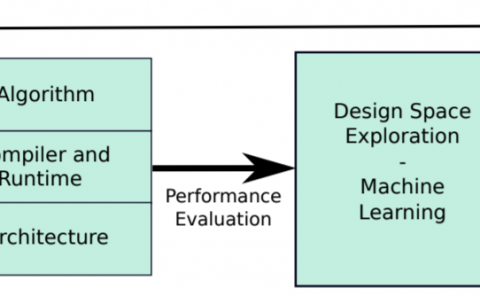Sensory Glove-Based Surgical Robot User Interface
PubDate: March 2024
Teams: University of Illinois Chicago
Writers: Leonardo Borgioli, Ki-Hwan Oh, Alberto Mangano, Alvaro Ducas, Luciano Ambrosini, Federico Pinto, Paula A Lopez, Jessica Cassiani, Milos Zefran, Liaohai Chen, Pier Cristoforo Giulianotti
PDF: Sensory Glove-Based Surgical Robot User Interface
Abstract
Robotic surgery has reached a high level of maturity and has become an integral part of standard surgical care. However, existing surgeon consoles are bulky and take up valuable space in the operating room, present challenges for surgical team coordination, and their proprietary nature makes it difficult to take advantage of recent technological advances, especially in virtual and augmented reality. One potential area for further improvement is the integration of modern sensory gloves into robotic platforms, allowing surgeons to control robotic arms directly with their hand movements intuitively. We propose one such system that combines an HTC Vive tracker, a Manus Meta Prime 3 XR sensory glove, and God Vision wireless smart glasses. The system controls one arm of a da Vinci surgical robot. In addition to moving the arm, the surgeon can use fingers to control the end-effector of the surgical instrument. Hand gestures are used to implement clutching and similar functions. In particular, we introduce clutching of the instrument orientation, a functionality not available in the da Vinci system. The vibrotactile elements of the glove are used to provide feedback to the user when gesture commands are invoked. A preliminary evaluation of the system shows that it has excellent tracking accuracy and allows surgeons to efficiently perform common surgical training tasks with minimal practice with the new interface; this suggests that the interface is highly intuitive. The proposed system is inexpensive, allows rapid prototyping, and opens opportunities for further innovations in the design of surgical robot interfaces.


